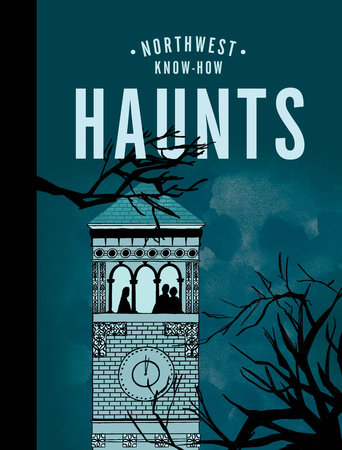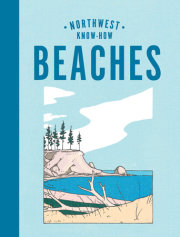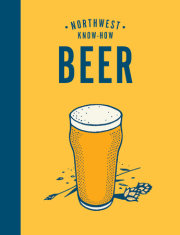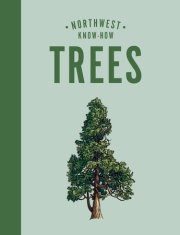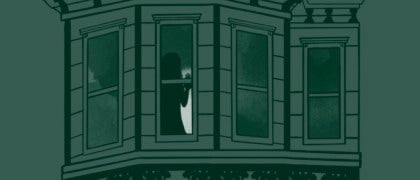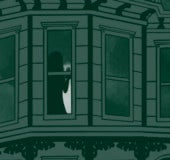Introduction It’s not unusual to hear the Pacific Northwest referred to as a dark place. We have a season called the Big Dark, after all, which runs roughly from October through “Juneuary.” Grunge and other bleak musical subcultures have flourished here, beloved by generations of sodden, introverted types. We are, unfortunately, known for our serial killers. And then there are our ghosts.
All of America is a haunted place, but the ghosts of the Northwest have a special resonance. Our settler history began with the forced displacement (or worse) of Native American nations, and continued with risky, accident-prone industries such as logging, mining, and seafaring. Our earliest settlements could be crime-ridden—home to forced labor, smuggling, and exploitive sex work. All this generated intense emotions—fear, sadness, grief—which paranormal experts say can encourage hauntings. Some also think the water here acts as a ghostly conductor, bringing messages from other realms; in this sense, the rain is a spiritual fertilizer.
The surprise is that many Northwest ghosts are not all that dark. A number are friendly presences who watch over beloved former homes and businesses. There are certainly many sad stories too, but in this book, I have chosen to favor tales that delight over those involving horrific crimes. (You won’t find the serial killers here: they’ve gotten enough attention.) I’ve also avoided including buildings that are now private residences, out of respect for the living inhabitants.
It’s worth noting that Washington and Oregon are home to thousands of reputedly ghostly locales, far more than we could include here. Think of this as a sampler platter of spirits—an amuse-bouche for the afterlife. If you’re after more, consult the Resources on page XX for ideas about how to find ghosts in your own backyard.
Copyright © 2022 by Lovejoy, Bess. All rights reserved. No part of this excerpt may be reproduced or reprinted without permission in writing from the publisher.





